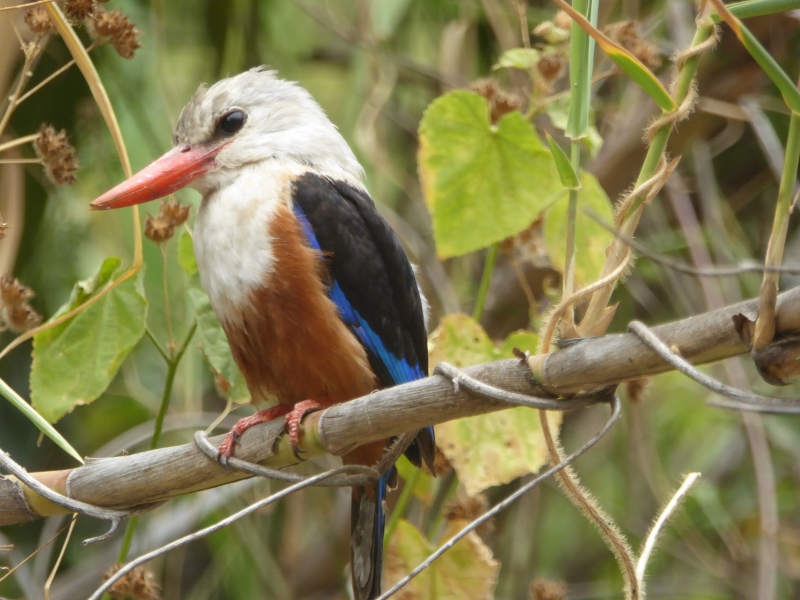
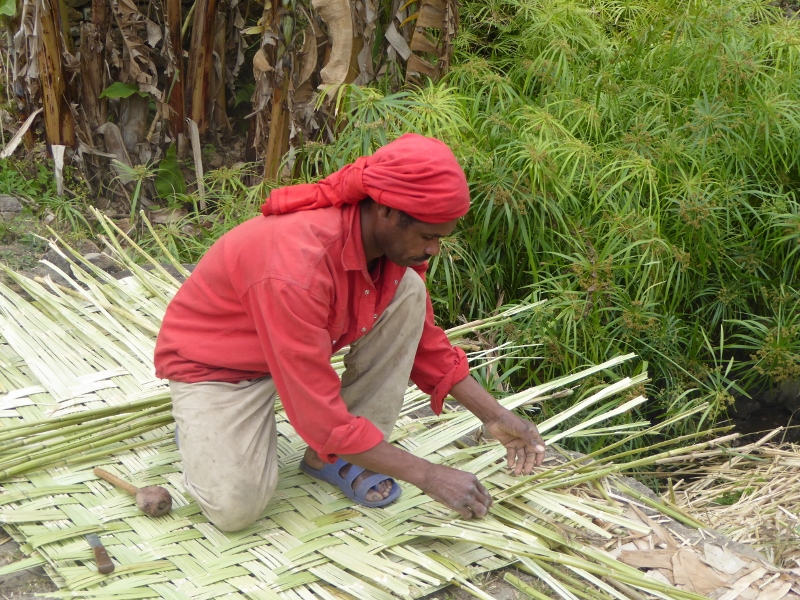
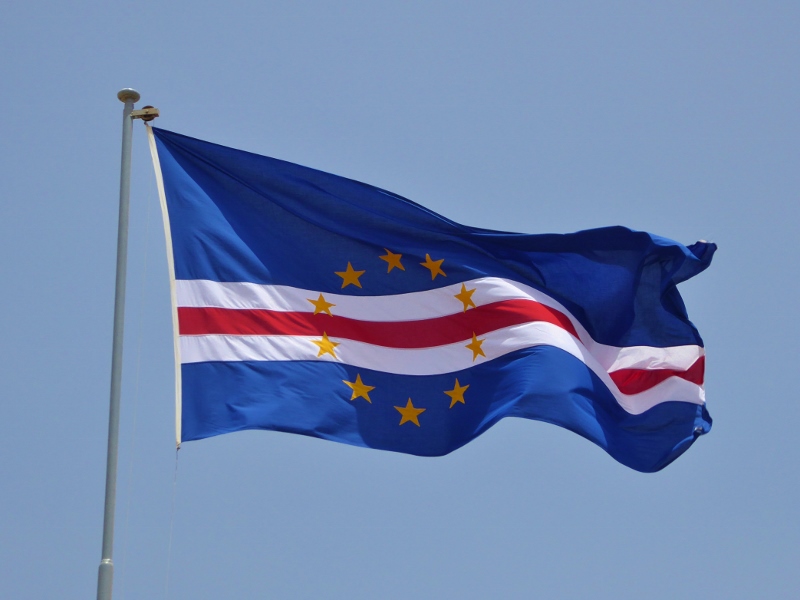

Cape Verde Islands
Cabo Verde
Geographical situation
The islands of Cape Verde, in Portuguese “Cabo Verde”, are lined up like a string of pearls in the Atlantic – about 500 kilometers west of the coast of Senegal, 1,500 km south-southwest of the Canary Islands and the same distance north of the equator.
Climate
The climate on Cape Verde islands is pleasantly warm with temperatures generally between 20 and 30 degrees Celsius. Almost throughout the year, the trade winds give us a pleasant, light breeze. In late summer until middle of October, tropical air is reaching Cape Verde, bringing some short but heavy rainfalls.
History
The Cape Verde Islands were discovered in the 15th century and used during centuries as a Portuguese slave trading point. In the 19th century, British companies settled down in Sao Vicente to sell coal to the steam ships that were cruising the Atlantic. At that time, Mindelo came to be an important international harbour.
Political situation of Cape Verde
In 1975, Cape Verde gained it’s independence from Portugal. Not so many years ago, the islands counted still among the poorest countries on the globe. Nevertheless, Cape Verde can be proud to have developed steadily since then and is today a stable, democratic and peaceful country.
Population and Language
“Crioulo” or “Creole” – the Capeverdians are all descendants of former slaves and slaveholders, mixed with some Asian influences from seamen passing by. They understand themselves as a “Creole race”. “Creole”, that is also culture and language. Creole is the language people speak at home and on the street, songs are sung in Creole. Portuguese is the official language that children learn only at school.
CAPE VERDE – CAP VERDE – CABO VERDE – The islands one by one
Discover the individual characteristics of each island
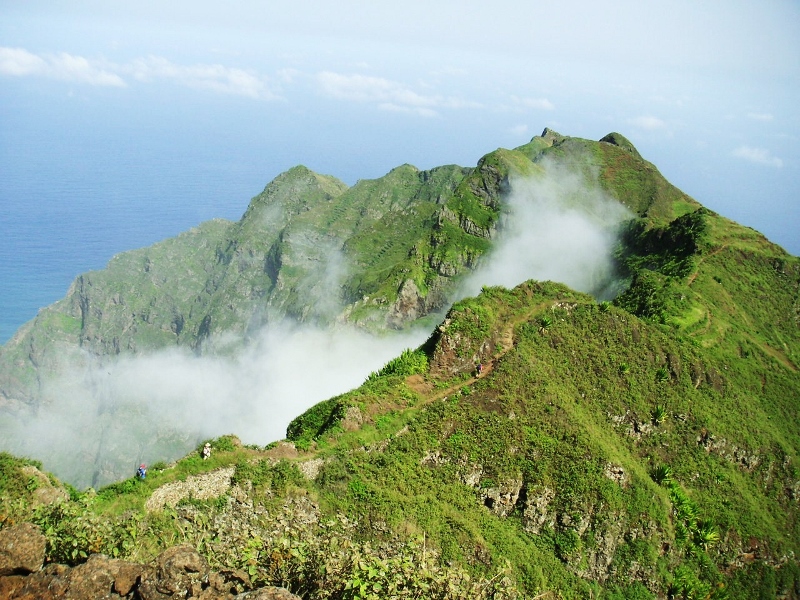
Santo Antão
Terraced fields high up in the mountains, gorges, green valleys, acacia trees and pine forests, extinct volcanoes and solitary elevations characterize the landscape of Santo Antão. Countless paths cross the island and offer endless hiking opportunities through spectacular landscapes. The green “Ribeira de Paul” in the east of the island is perhaps the most beautiful valley of Cape Verde. Here small farmers grow papaya, mango, bread fruit, sugar cane, yams, manioc and bananas.
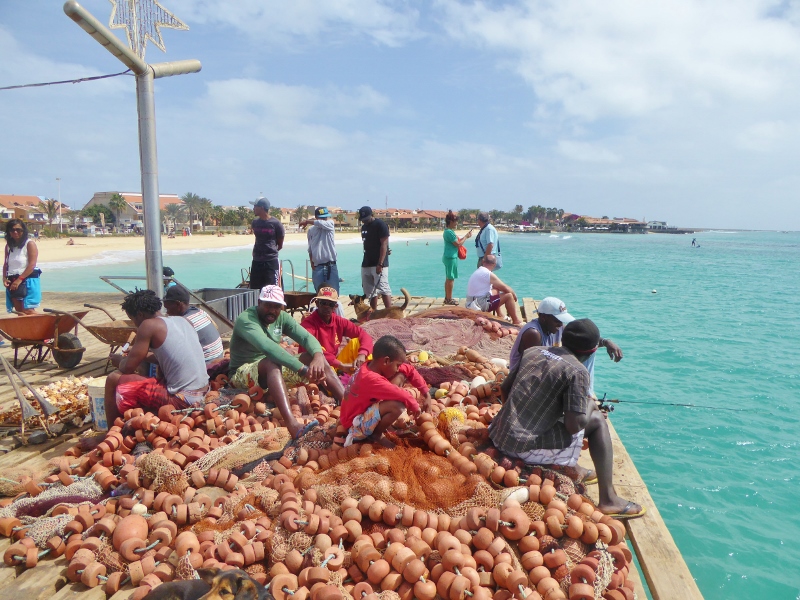
Sal
Every morning after breakfast, the fishermen’s berthing bridge in Santa Maria gets lively, when locals and tourists mingle between the fishermen who are landing their catch. Immediately after the footbridge, the many kilometer-long, sandy beach, invites you to long walks and a refreshing bath in the crystal-clear waters. Kite-surfers, from the beginner to the absolute professional, also find their Eldorado on Sal Island. The Pedra Lume salt mines in the north of the island are picturesque in a volcano crater in the immediate vicinity of the coast. Various bars, restaurants and music lounges ensure a nice day out.
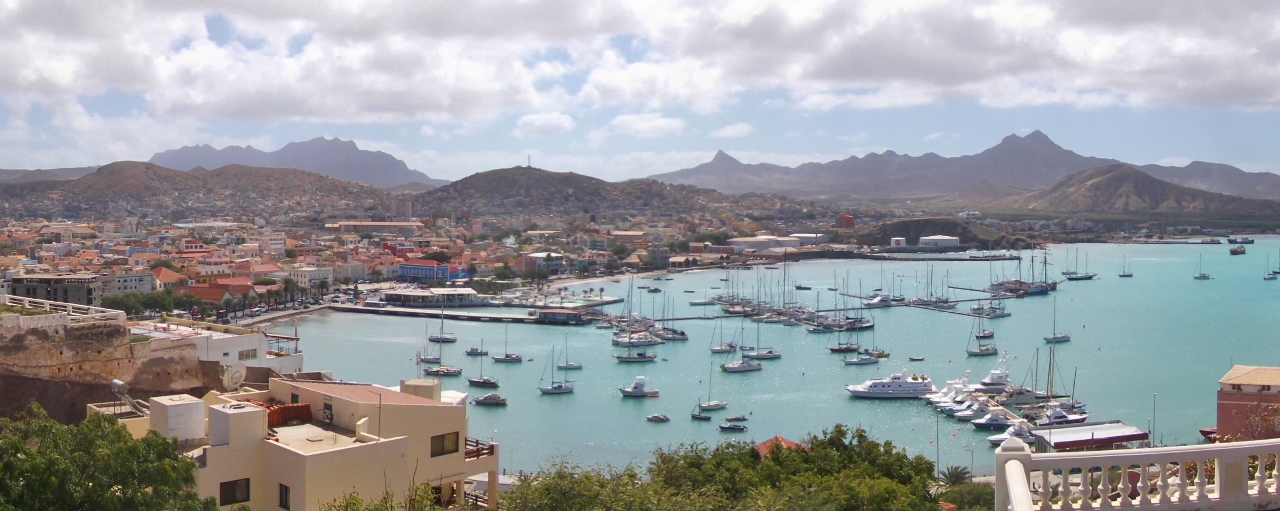
São Vicente
São Vicente, with the island’s capital Mindelo (about 60,000 inhabitants), has a colonial architecture and a natural harbor, which is said to be one of the most beautiful ones on the planet.
In the “Baía das Gatas“, the cat’s bay, a great music festival takes place every year in August.
Mindelo is also famous for it’s carneval that people celebrate according to the Brazilian model.
From the international airport, named after the famous Morna singer “Cesaria Evora”, there are regular direct flight connections to and from Amsterdam, Paris and Lisbon.
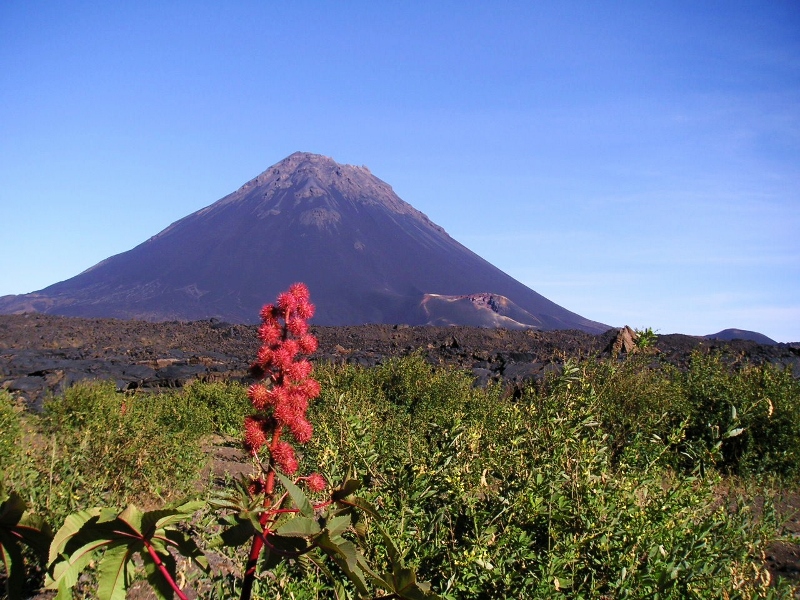
Fogo Island
Fogo means “fire”. The island of Fogo is still volcanically active. The last eruptions took place in 2014/15 and before 1995. The big volcano “Pico de Fogo” dominates the island with 2829 meters above sea level. The caldera around the Pico measures 10 kilometers in diameter and forms the “crown” of the island. The people up there in the Caldera produce the famous Fogo Wine. As there is no public electricity or illumination, you may admire a spectacular night sky.
The ascent to the “Pico de Fogo” opens up views of a true lunar landscape and is one of the highlights for experienced hikers. Ascent is only permitted with an official local mountain guide.
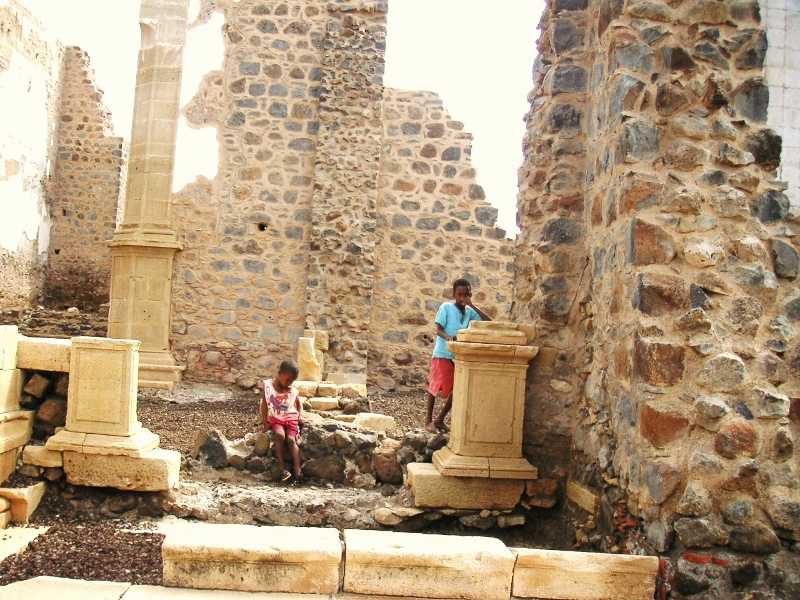
Santiago
The island of Santiago was the first island that has been settled after the discovery of Cabo Verde Islands in the 15th century. Cidade Velha in Santiago was an important slave trading point of the Portuguese and is a UNESCO protected word heritage site.
Today’s capital “Praia” has about 140,000 inhabitants, a quarter of the Cape Verdean population. Praia is seat of the government and numerous embassies and consulates.
The interior of the island is agricultural and dominated by maize and beans, the basis of the Cape Verdean national dish “Cachupa”.
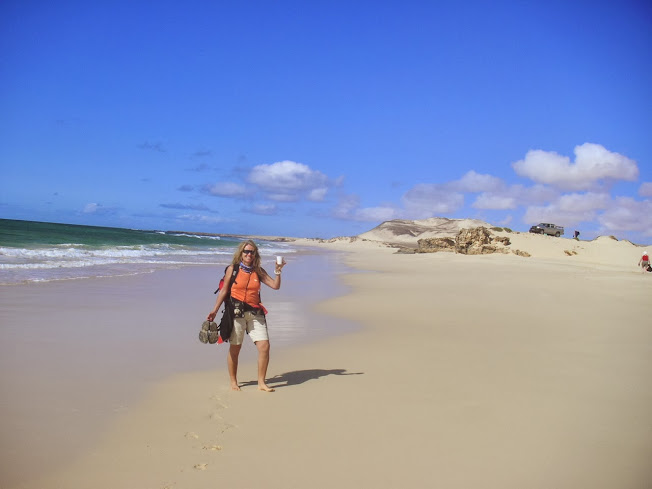
Boavista
With a total of more than 50 kilometers of beach and white dunes, Boa Vista promotes sunbathers especially in the all-inclusive hotels that have emerged here in recent years. In the sheltered bay of Sal Rei it’s good bathing and windsurfing. Numerous reefs with over 40 sunken shipwrecks make Boavista an interesting diving area. On the scenic island, you can also do some nice organized excursions by jeep. Depending on the season, you can observe wales on a sailing trip or turtles laying their eggs on the beaches. If you would love to spend some days in Boa Vista, outside all inclusive, don’t hesitate to contact us.
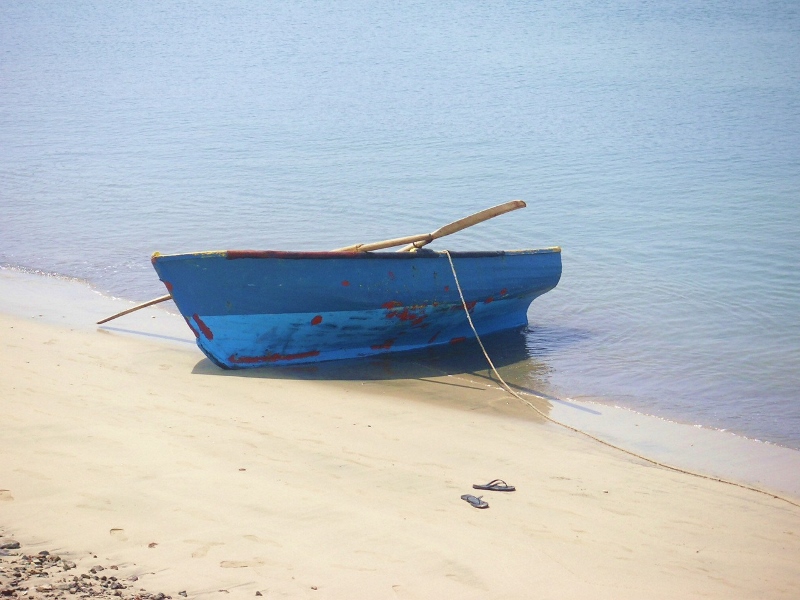
Maio
If you are looking for peace and solitude, you will find this on the desert island of Maio, which is little developed by tourism. In the village of Vila do Maio there are some private pensions and restaurants. Not far from the town, lime banks with rich fauns invite you to snorkel. A four-wheel drive ride across the island opens up diverse landscapes: secluded beaches, dunes, thorn bush steppes, acacia trees and salt marshes. Flight connections several times a week from Praia.
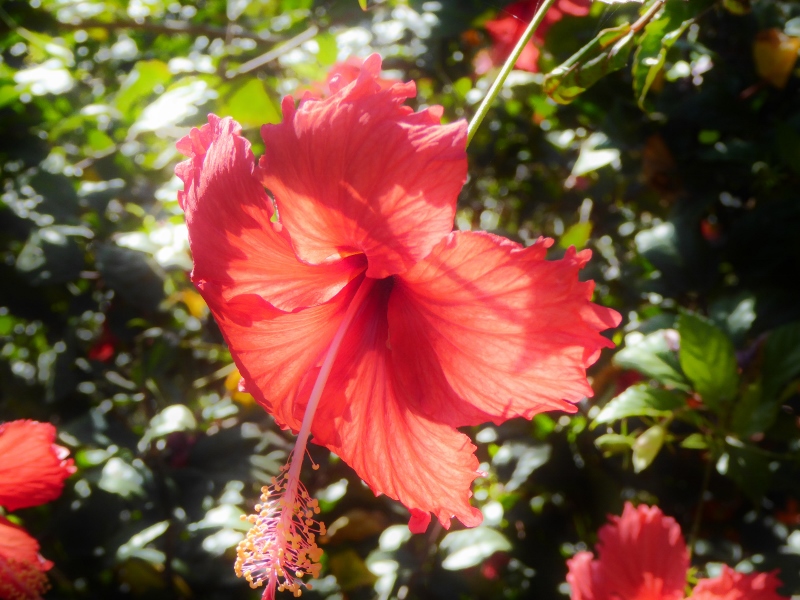
Brava
With its 64 km², Brava is the smallest of the inhabited islands. From the rocky coast over a hilly landscape, the islet ascends to 976 meters above sea level. It offers some opportunities for smaller walks. The little town of Vila Nova Sintra with its 1500 inhabitants lies 500 meters above sea level and is built in colonial style. Eugenio Tavares (1867-1930), a Cape Verdean poet and musician, once lived here. Jacarandas, almond trees, bougainvillea and hibiscus line the paths. There is a ferry going from Fogo to Brava when the sea permits it.
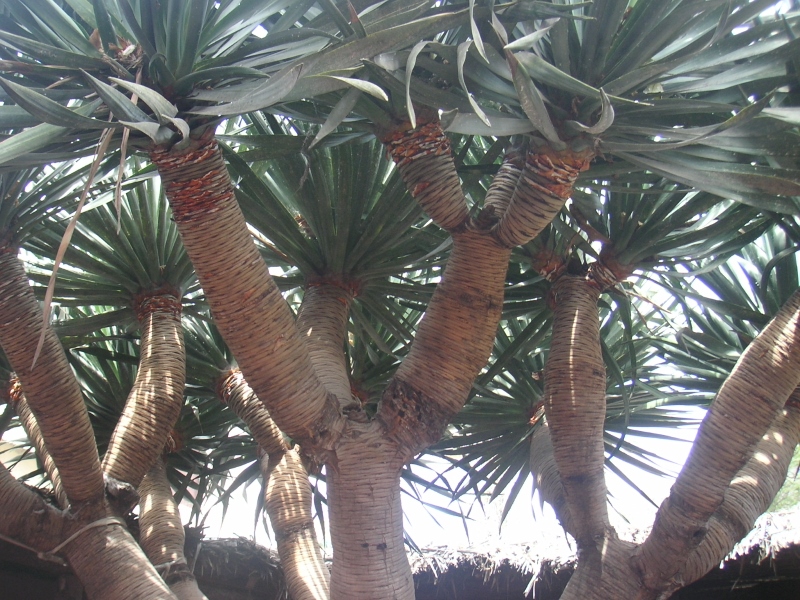
São Nicolão
São Nicolão, once discovered on St. Nicholas Day, is the “little sister” of Santo Antão, with 346 km² and only 13,000 inhabitants. Northwest of the small town of Ribeira Brava, mule trails are leading through small villages and agricultural areas.
